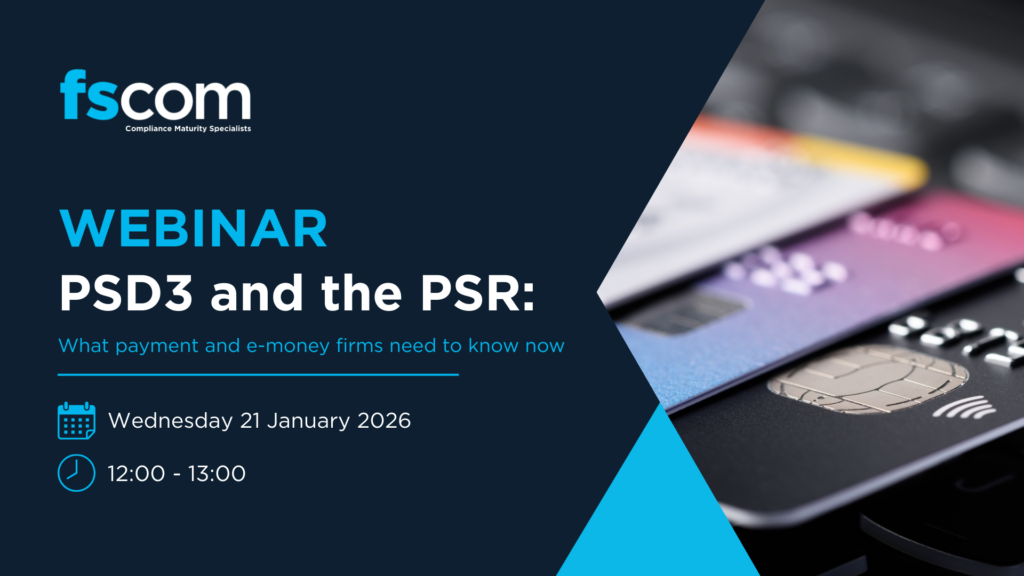Category



Introduction: enhancing transparency through the funds transfer regulation
Accurate information on the originator and beneficiary of financial transactions is central to the fight against financial crime. The European Union’s Funds Transfer Regulation (FTR), also referred to as the ‘Wire Transfer Regulation’, aims to close the information gap in both traditional and digital financial transfers.
By mandating the inclusion and verification of sender and recipient details in payment transactions, the FTR plays a critical role in the EU’s wider anti-money laundering (AML) and counter-terrorist financing (CTF) strategy. These obligations apply not only to traditional Payment Service Providers (PSPs) and financial institutions, but increasingly to Virtual Asset Service Providers (VASPs) through the extension of similar standards under the ‘Travel Rule’.
The core question
What are the key requirements of the EU FTR, and how should traditional and virtual asset firms prepare to meet them effectively?
Understanding the scope and origins of the FTR
Background
The current FTR (Regulation (EU) 2015/847) came into force on 26 June 2017, aligning the EU’s rules with FATF Recommendation 16. It replaced Regulation (EC) No 1781/2006, reinforcing the EU’s focus on financial transparency.
Unlike previous versions, the 2015 regulation captures all electronic fund transfers, whether domestic or cross-border, made by PSPs and financial institutions.
Key compliance requirements under the FTR
Information requirements for transfers
- Transfers over €1,000 must include:
- payer’s name and account number;
- payer’s address (or alternative ID such as date/place of birth or national ID); and
- payee’s name and account number
- Transfers under €1,000 may include reduced information unless deemed high-risk. All transfers must carry a unique transaction identifier to trace the transaction to both parties.
Verification of information
- For transfers over €1,000, PSPs must verify payer information before processing.
- If incomplete or suspicious details are received, the receiving institution must:
- suspend or reject the payment; and
- request further information before continuing.
Responsibilities of intermediary institutions
- Intermediary PSPs and financial institutions must preserve data integrity by ensuring required information is passed along the transaction chain.
- They must detect and report missing or incomplete data.
Record keeping
- PSPs and financial institutions must retain all relevant transfer data and verification records for at least five years, in line with broader AML obligations.
UK equivalence: the MLRs 2017
Post-Brexit, the EU’s FTR was effectively replicated in the UK through the Money Laundering, Terrorist Financing and Transfer of Funds (Information on the Payer) Regulations 2017.
These regulations maintain similar requirements for:
- payer and payee identification;
- verification thresholds; and
- data retention.
Firms operating in both EU and UK markets must ensure parallel compliance with both regulatory frameworks.
The Travel Rule and virtual asset transfers
Extending the FTR to crypto: FATF Recommendation 16
The Travel Rule, under FATF Recommendation 16, introduces equivalent requirements for virtual asset transfers. It applies to VASPs (or CASPs under MiCA) and requires:
- full originator and beneficiary details to be collected and shared on all qualifying crypto transactions; and
- implementation of processes and controls similar to those required of traditional financial institutions.
The challenge: the ‘sunrise problem’
A key difficulty in applying the Travel Rule globally is the ‘sunrise problem’, regulatory divergence across jurisdictions. As countries adopt the rule at different speeds, VASPs face practical barriers:
- inconsistent obligations when dealing with non-compliant counterparties;
- risk of failed transactions or regulatory breaches; and
- increased compliance costs and uncertainty.
How to respond:
To address these risks, VASPs should:
- develop adaptive compliance frameworks to manage varied jurisdictional requirements;
- participate in industry-led standardisation initiatives; and
- monitor global regulatory developments to remain responsive to change.
Conclusion: what financial institutions and VASPs must do now
The EU’s FTR and the UK’s equivalent under the MLRs 2017 are foundational tools for financial transparency. Firms must ensure that every outbound payment includes complete and verifiable sender and recipient information, and that internal systems are equipped to detect and respond to non-compliance.
Meanwhile, as virtual assets become increasingly mainstream, the Travel Rule extends these same principles to digital transactions. Compliance in this area is not just a regulatory obligation, it is essential to build trust, reduce financial crime exposure, and future-proof operations.
How fscom can help
Our specialist team at fscom has deep experience advising financial institutions and VASPs on AML compliance, regulatory change, and cross-border obligations. From policy design to implementation support, we work with clients to build strong, future-ready compliance frameworks aligned with the FTR and the Travel Rule.
Get in touch with our AML advisory team to discuss how we can support your firm’s approach to sender/recipient transparency, record keeping, and crypto compliance.
This post contains a general summary of advice and is not a complete or definitive statement of the law. Specific advice should be obtained where appropriate.


